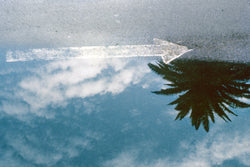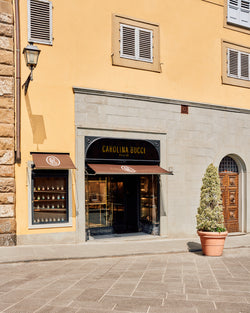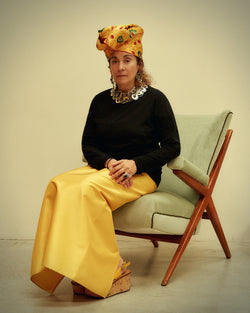Luigi Ghirri, born in 1943 in the Italian province of Reggio Emilia, was one of the great masters of 20th-century image-making — the man who used color in his own palette to depict the world around him. Most often photographing landscapes, interiors and still lifes, his images are soft, cerebral and infinitely poetic, boasting a pale, pastel palette and a sublime sense of space (perhaps the result of Ghirri’s early career as a land surveyor). To look upon a Ghirri image is to clear the dust from one’s eyes, to experience awe in the everyday; as the photographer himself said, “Taking photographs is above all restoring a sense of wonder”. Confronted with one of his lucid Puglian seascapes, you may imagine that creating aesthetically delightful pictures was Ghirri’s principal aim, yet his practice was one rooted in craftsmanship, playful wit and deeply considered theory (he was renowned, after all, for the written musings on photography that so often accompanied his work).
Encapsulating the Poetics of Luigi Ghirri
Published on 4 minutes read
"In terms of technical prowess, Ghirri’s extraordinary command of light, color and cropping, and his almost geometric approach to composition, are what sets his work apart, gently but purposefully guiding the viewer in our interpretation of the works."































